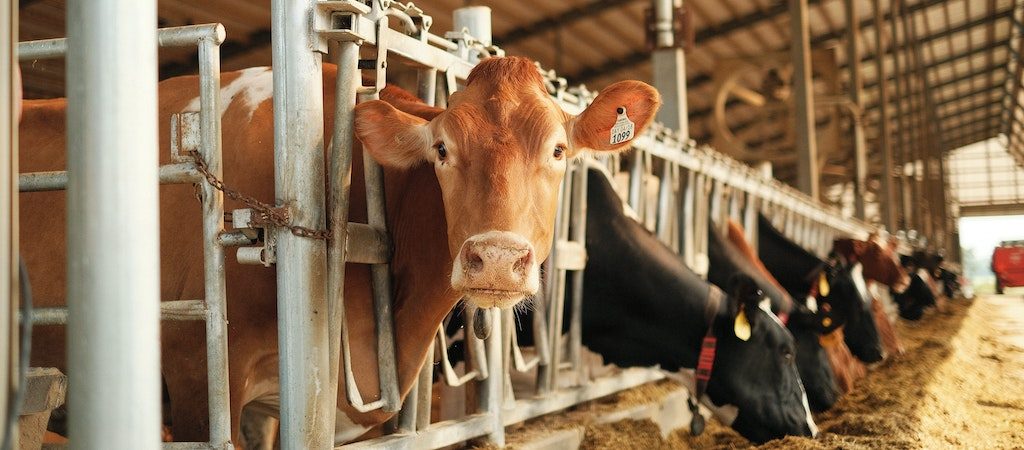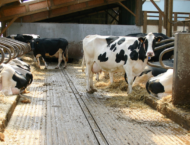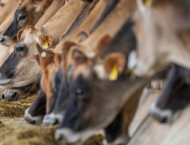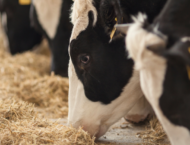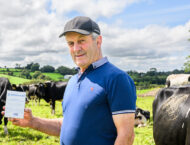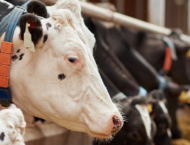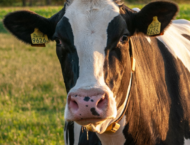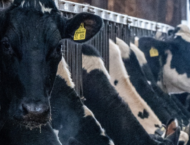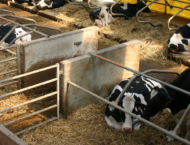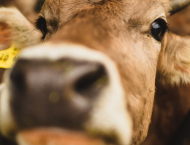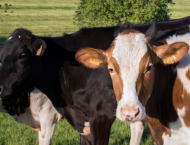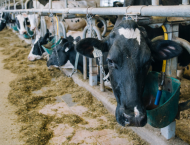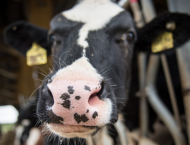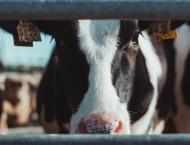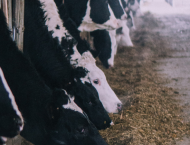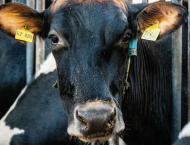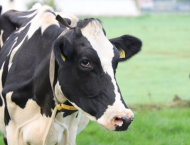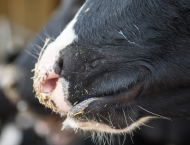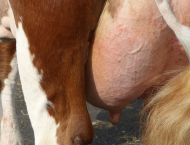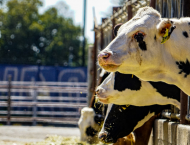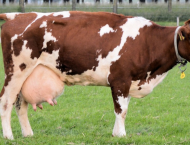To achieve reproductive efficiency on farms1, proper oestrus detection represents a critical point to reduce unsuccessful artificial insemination (AI) and the number of repeat breeders. Dairy farmers generally apply either observation of oestrus behaviour in cows or specific insemination protocols such as the OVSYNCH.
While visual heat detection requires a methodical and intensive approach, technology has allowed dairy farmers to rely on new practical tools or strategies (online hormone dosage – progesterone) for a more successful and precise detection.
In addition, oestrus synchronization programs can help ameliorate reproductive efficiency, but still rely on oestrus detection to improve pregnancy rates.
Cows tell us that they are in oestrus when they stand to be mounted.
A good method to identify the oestrus visually is observing cows for a relatively long time (i.e., 20 minutes), several times a day (i.e., 5 times); although this allows to achieve detection rates of 90-95%, it is labour-intensive. Moreover, in high-producing Holstein cows the number of animals displaying such behaviour has decreased recently, thus compromising visual heat detection.
Using sensors for heat detection may help. Several tools are available for farmers, such as:
- pressure sensors that monitor the characteristic oestrous behaviour of standing to be mounted (scratch cards, colour ampoules, vasectomized bulls fitted with a chin-ball marker, the use of tail-painting methods, other electronic devices;
- activity monitors, such as pedometers that identify increased physical activity);
- commercial in-line systems for endocrine profiling.
As said above, in addition to oestrus detection, specific protocols aimed at oestrous synchronization (prostaglandin-only protocols and 12-day progesterone protocols) and ovulation synchronization (i.e., the OVSYNCH program) can be applied.
Improper oestrus detection can be one of the causes that lead to an increase of repeat breeders in the herd2. As part of the general review of reproduction management, improving oestrus detection becomes a must to limit the increase of repeat breeders.
Along with good herd management, innovative and no-withdrawal tools can be suitable for decreasing the number of repeat breeders in dairy herds.
OZOLEA has developed OZOLEA-METR, an intra-uterine veterinary device to be used in case of minor uterine issues.
The use of OZOLEA-METR in repeat breeder cows represent a valuable approach to improve fertility and boost productivity. OZOLEA-METR must be applied 24 hours after insemination, when the embryo is forming in the tubes but before it descends towards the uterus for implantation.
OZOLEA-METR supports tissue functionality by creating a film barrier in contact with the inner wall of the uterus: this physical barrier is able to temporary attenuate the causes of bacterial proliferation and metritis occurrence.
References
1 The fundamental steps towards reproductive efficiency.
https://www.ozolea.it/the-fundamental-steps-towards-reproductive-efficiency/
2 Improving fertility in repeat breeders.
https://www.ozolea.it/improving-fertility-in-repeat-breeders/
Crowe, M.A., Hostens, M. & Opsomer, G. Reproductive management in dairy cows – the future.
Ir Vet J 71, 1 (2018). Doi: https://doi.org/10.1186/s13620-017-0112-y
Cover image: Ph. Austin Santaniello.

